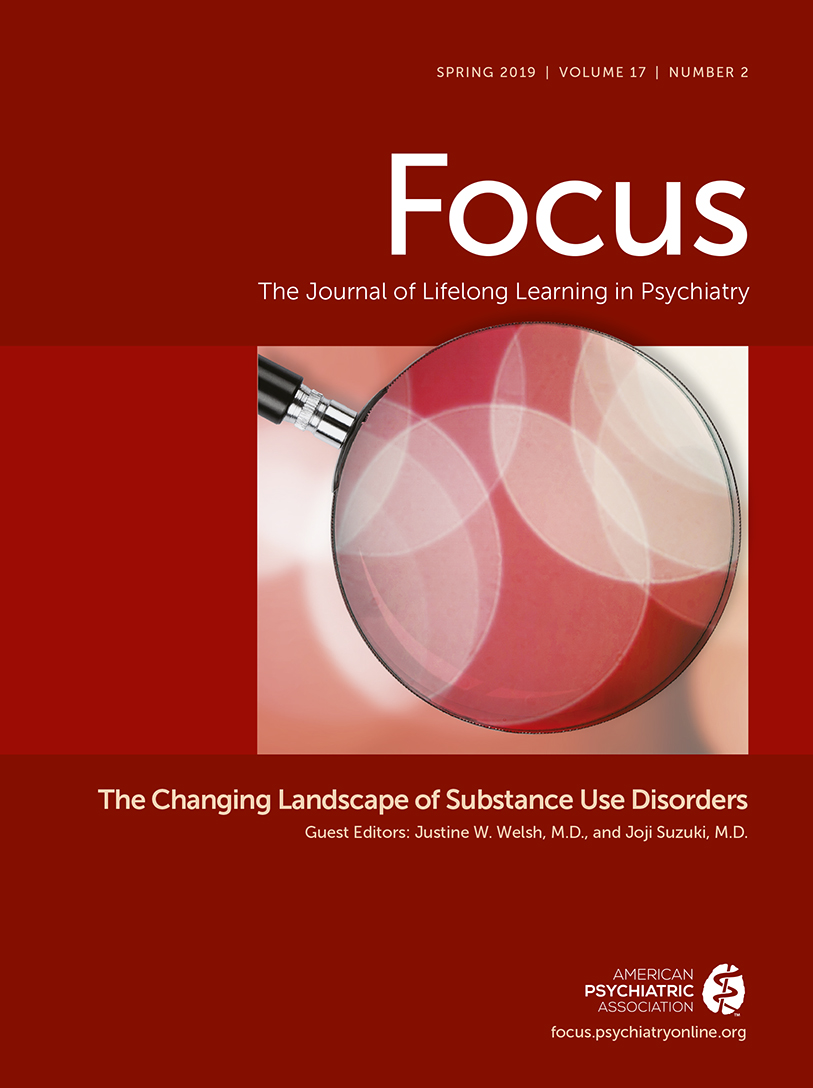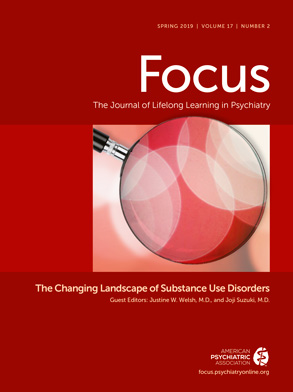Addiction and Suicide: A Review
Abstract
Background:
Methods:
Results and Conclusions:
Discussion and Scientific Significance:
Introduction
Behavioral Indicators of Suicide Risk
Personality Traits
External (Environmental) Factors and Suicide Risk
Sexual Assault, Childhood Abuse, Addiction and Attempted Suicide
Interpersonal Relationship Disruption, Financial Troubles and Unemployment
Biopsychosocial Theories
Addiction and Suicide in Different Populations
Gender Differences
Role of Alcohol in Suicidal Behavior
Alcohol Use Disorders and Suicide
Acute Alcohol Intoxication
Risk Factors for Suicide Attempts in Subjects With Alcohol Dependence (AD)
Risk Factors for Suicide in Those With Alcohol Dependence
Drug Addiction and Suicide
Opioid Use Disorder and Suicidal Behavior
Cocaine Dependence and Suicidal Behavior
Polysubstance Dependence
Co-Occurring Mental Illness, Addiction, and Suicide
Major Depressive Disorder (MDD), Addiction, and Suicide
Bipolar Affective Disorder (BAD), Addiction, and Suicide
Schizophrenia, Addiction, and Suicide
PTSD, Addiction, and Suicide
Personality Disorders, Addiction and Suicidal Behavior
Treatment Implications
Suicide Risk Assessment and Treatment for Individuals With Addictive Disorders
Integration of Addiction and Mental Health Services With Primary Care
Summary
REFERENCES
Information & Authors
Information
Published In
History
Authors
Metrics & Citations
Metrics
Citations
Export Citations
If you have the appropriate software installed, you can download article citation data to the citation manager of your choice. Simply select your manager software from the list below and click Download.
For more information or tips please see 'Downloading to a citation manager' in the Help menu.
View Options
View options
PDF/EPUB
View PDF/EPUBLogin options
Already a subscriber? Access your subscription through your login credentials or your institution for full access to this article.
Personal login Institutional Login Open Athens loginNot a subscriber?
PsychiatryOnline subscription options offer access to the DSM-5-TR® library, books, journals, CME, and patient resources. This all-in-one virtual library provides psychiatrists and mental health professionals with key resources for diagnosis, treatment, research, and professional development.
Need more help? PsychiatryOnline Customer Service may be reached by emailing [email protected] or by calling 800-368-5777 (in the U.S.) or 703-907-7322 (outside the U.S.).

